We propagate strawberries and strawberries by dividing the bush
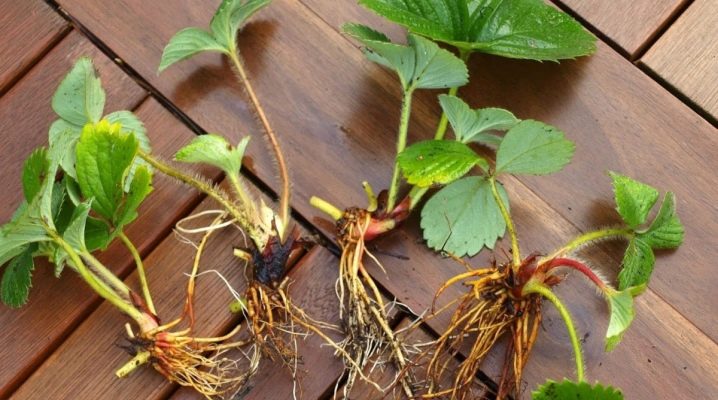
According to the recommendations of experienced summer residents, a strawberry transplant should be carried out every 4 years. Otherwise, the berry becomes smaller, the yield decreases. If the strawberry variety does not propagate with a mustache, the main way to renew the garden is to divide the bushes. Therefore, it is worth considering what such a procedure is preferable, and how to carry it out correctly.
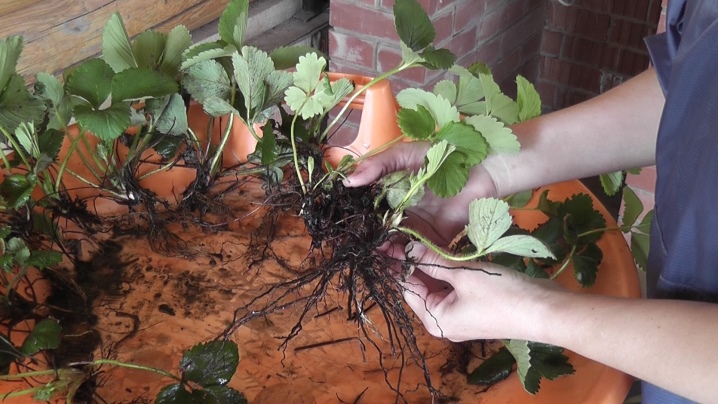
Advantages and disadvantages
The advantages of propagating strawberries by dividing the bush are:
- preservation of varietal characteristics of garden berries;
- the speed of rooting of seedlings;
- their good protection against freezing in winter;
- the ability to give a full harvest next year.
The disadvantages include a prerequisite for the bushes used in the division to be strong and healthy. If the bed is affected by any disease or pest insect, it will have to be updated in another way. In addition, young seedlings need comfortable conditions before planting in the ground. To do this, they need to be placed in a greenhouse or a specially created greenhouse.
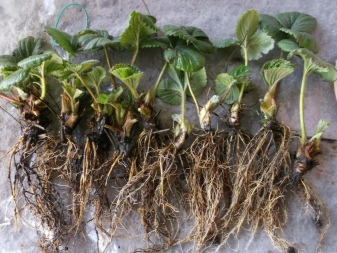
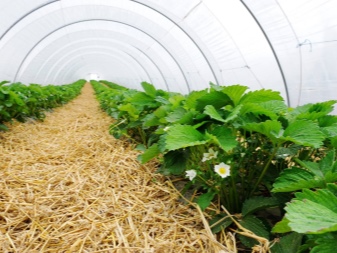
Timing
According to experts, it is better to propagate strawberries in July or August. At this time, the old bushes have finished bearing fruit, and the young will have time to take root before winter.
When planning to plant strawberries in the fall, it is worth considering that the deadline for the procedure is the end of September. If the separation is carried out in October and later, the new bushes will not have time to root well and will not be able to survive the winter.
As a result, you can completely lose strawberry beds or be left without a crop in the coming season.
In the spring, such procedures are not carried out, since during this period the plants are preparing for flowering and fruiting. And an attempt to multiply them will end in loss of the crop.
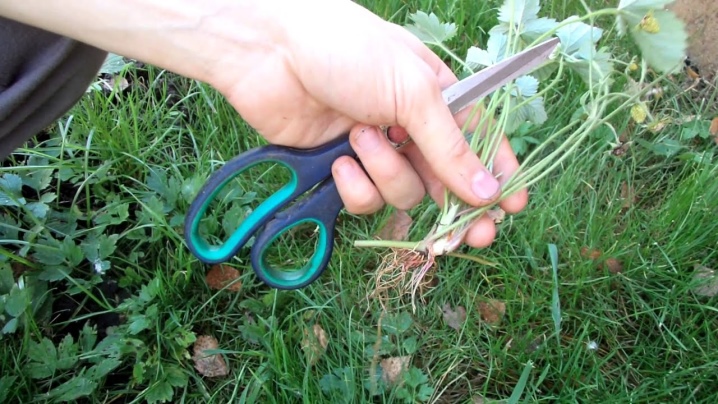
Shrub selection
For reproduction, bushes are chosen at the age of 2-4 years, which do not suffer from diseases and are not affected by pests. Old strawberry bushes can be identified by:
- tough brown roots;
- dark green shade of leaves;
- a large number of small outlets.
In younger strawberries, the color of the shoots is lighter, and the number of outlets rarely exceeds 2. To get a bountiful harvest for the next season, you need to mark the bushes that brought more berries. They will make strong and healthy offspring.

How to divide strawberries?
You can propagate berry bushes in the following way.
- The selected bush is carefully dug up. To exclude damage to the plant during transplantation, it is important to keep a clod of earth on the roots.
- From the aboveground part dry stalks and foliage are removed.
- After that, the bush that is planned to be planted is sent to a bucket of water, where a little potassium permanganate is diluted. This will ensure disinfection. In an hour, the soil on the roots will have time to get wet and settle to the bottom of the bucket.
- Separate the sockets with your hands or a disinfected knife.... It is better to carefully untangle the interlacing, excluding damage to the outlet due to excessive tension on the roots.
- Dry the strawberries for about an hour before planting. This will make it easier to assess the condition of the roots. For the health of the plant, it will be necessary to remove dried and darkened areas of the root system, as well as cut out places where mold or rot has appeared. The cuts require a crushed powder made from activated carbon, chalk, wood ash and cinnamon.
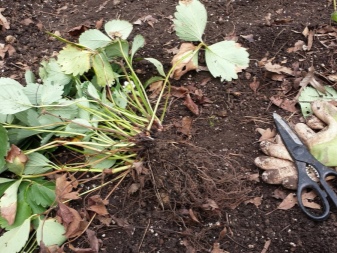
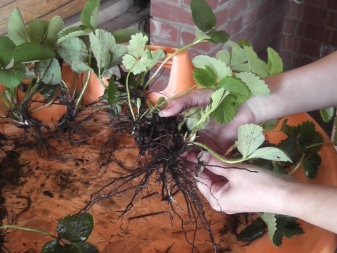
After placing in the ground, it is recommended to shorten the leaves by half to speed up growth.For the same purposes, special stimulants are often used.
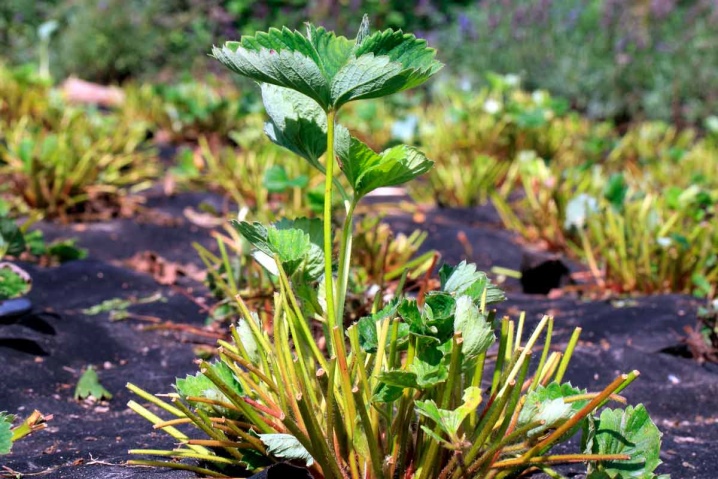
How to plant for growing?
The split horns can be planted directly into the ground.
However, practice shows that it is not always easy for young growth to take root in the garden bed, which delays the timing of the harvest.
Therefore, experienced gardeners keep the bushes growing until an adult outlet is formed. This is done according to the following scheme.
- A container is taken 8-10 cm in diameter.
- A soil is prepared, consisting of a mixture of soil and peat in a 1: 1 ratio. 2/3 of the pot is filled with it.
- The horn is placed in the central part.
- The roots are covered with earth so that the rosette is on the surface.
- After abundant watering, you will need to transfer the pots to the greenhouse, where they will be for a month and a half.
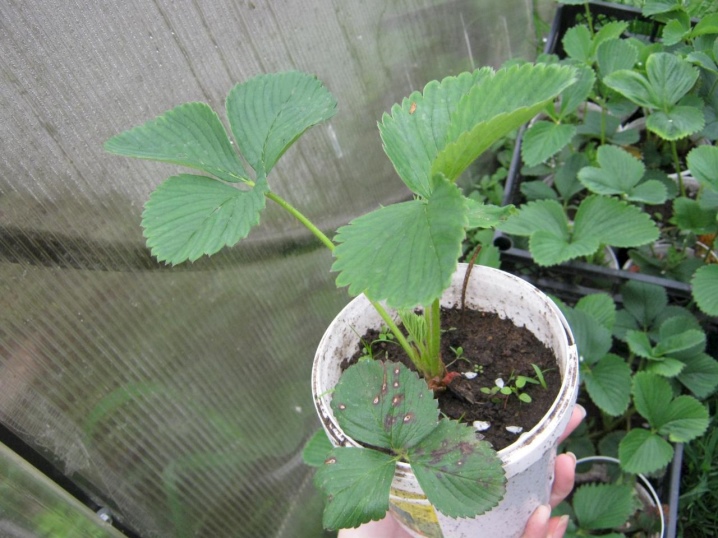
The main condition for growing strawberries is maintaining high soil moisture, because in dry ground, the growth of fragile roots will slow down. For this, regular watering is practiced, as well as mulching the soil with sawdust, peat or chopped straw. To preserve moisture, they try to place the strawberries in partial shade. And to stimulate the growth of the root system, potassium dressing is often used.
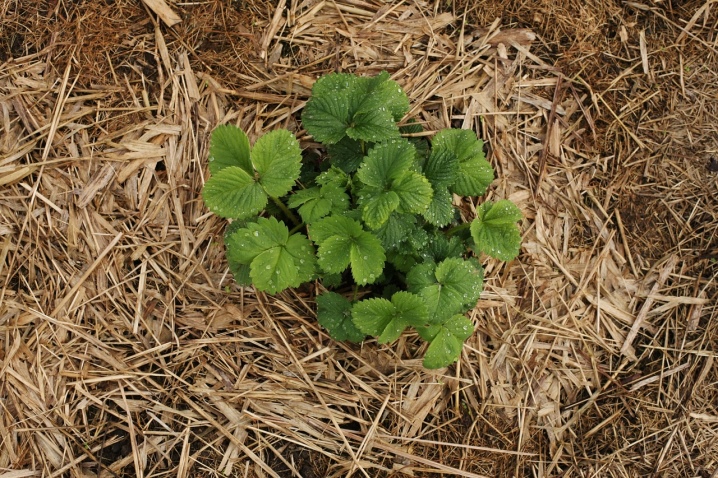
Landing in a permanent place
The formation of strong, fleshy leaves in the aboveground part of the strawberry is a signal that the plant can be planted in open ground. This is done as follows.
- The soil is dug up about a week before transplanting. A place with sufficient lighting, protected from drafts, is chosen for a berry crop. During the preparation process, you will need to remove weeds and fertilize the soil with compost.
- Holes 40x40 cm are dug in the ground. The distance between them is determined depending on the variety. If tall, sprawling strawberry bushes are to be expected, a minimum of 50 cm must separate them. For low-growing varieties, a 20 cm gap is sufficient. The distance between the rows is determined based on the convenience of caring for the beds.
- The pits are filled with humus mixed with fertilizers... It is allowed to add two glasses of wood ash and 30 grams of superphosphate to a bucket of organic matter.
- In prepared holes strawberry bushes are transferred, which are sprinkled with earth.

It is important to remember that the soil should not hit the outlet, otherwise the bush may die. Some people recommend placing several seedlings in one hole.
However, this is done if the plants are weak, and there is a possibility that not everyone will survive the winter.
After growing, strawberries are more robust and healthier. Therefore, it is appropriate to plant it at the rate of 1 bush per hole.
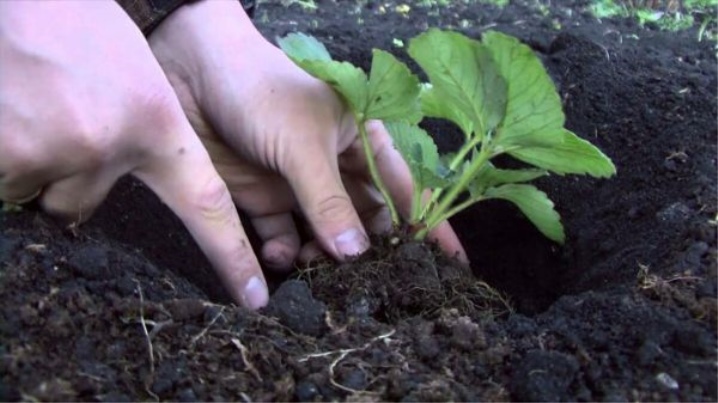
Follow-up care
The condition of young strawberry bushes largely depends on the efforts of the summer resident for the next few weeks. Firstly, direct sunlight will be an unfavorable factor for young animals in the first 14 days. Therefore, they will need protection.
Secondly, growing roots will need abundant watering. Mulching is required to retain moisture in the soil.
Covering material will also inhibit weed growth, which will save you time and effort in weeding.
The first feeding will be required in a month.... It is permissible to use potassium sulfate or a complex mixture for berries. An additional stimulus for root growth will be hilling. And spruce branches, used to cover the beds in front of severe frosts or the first snow, will help the young to survive the winter.
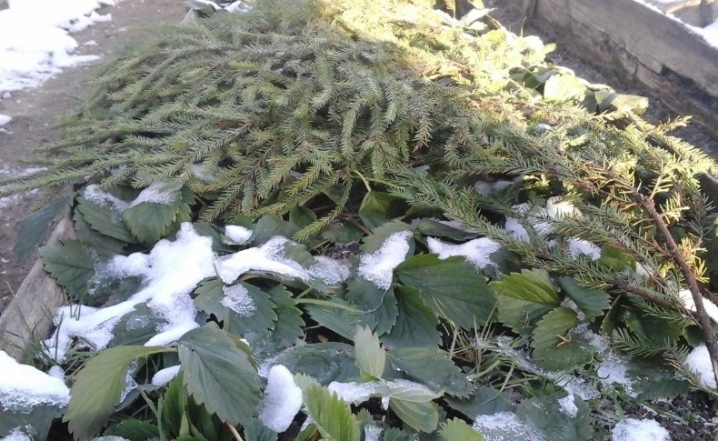
Possible problems
Some summer residents notice that the planted strawberries grow slowly. Often the cause is an incorrectly selected piece of land and root excretions left in the soil by crops that were there earlier.
So, radishes, cauliflowers or turnips are ideal precursors to strawberries. It is highly undesirable to plant berries after nightshades (potatoes, tomatoes or peppers). Their root secretions will act depressingly, which will inhibit the growth of strawberry bushes.
Therefore, the crop rotation calendar assumes planting berries in place of potatoes or tomatoes only after 2 seasons.... Moreover, during the year on these beds, favorable strawberry culture should grow. In some cases, it is not possible to follow the calendar. Then you should prepare that in the first season of the harvest will be very meager.

Another undesirable precursor for strawberries is the pumpkin family, since after them the soil is poor in nitrogen. This deficiency can be compensated for by an increased dose of organic fertilizers.
To summarize: updating strawberry beds every 4 years is a prerequisite for a large berry and a rich harvest. If the variety does not imply mustache propagation, the method of dividing the bush is used. Work is usually carried out on the basis that the fruiting period is over, and there is time to prepare for winter.
In order for new bushes to fully develop, it is important that it is warm. An important factor is the absence of direct sunlight, abundant watering, fertile soil and timely fertilization. And planting in a permanent place should take place where crops favorable for berries previously grew.










The comment was sent successfully.